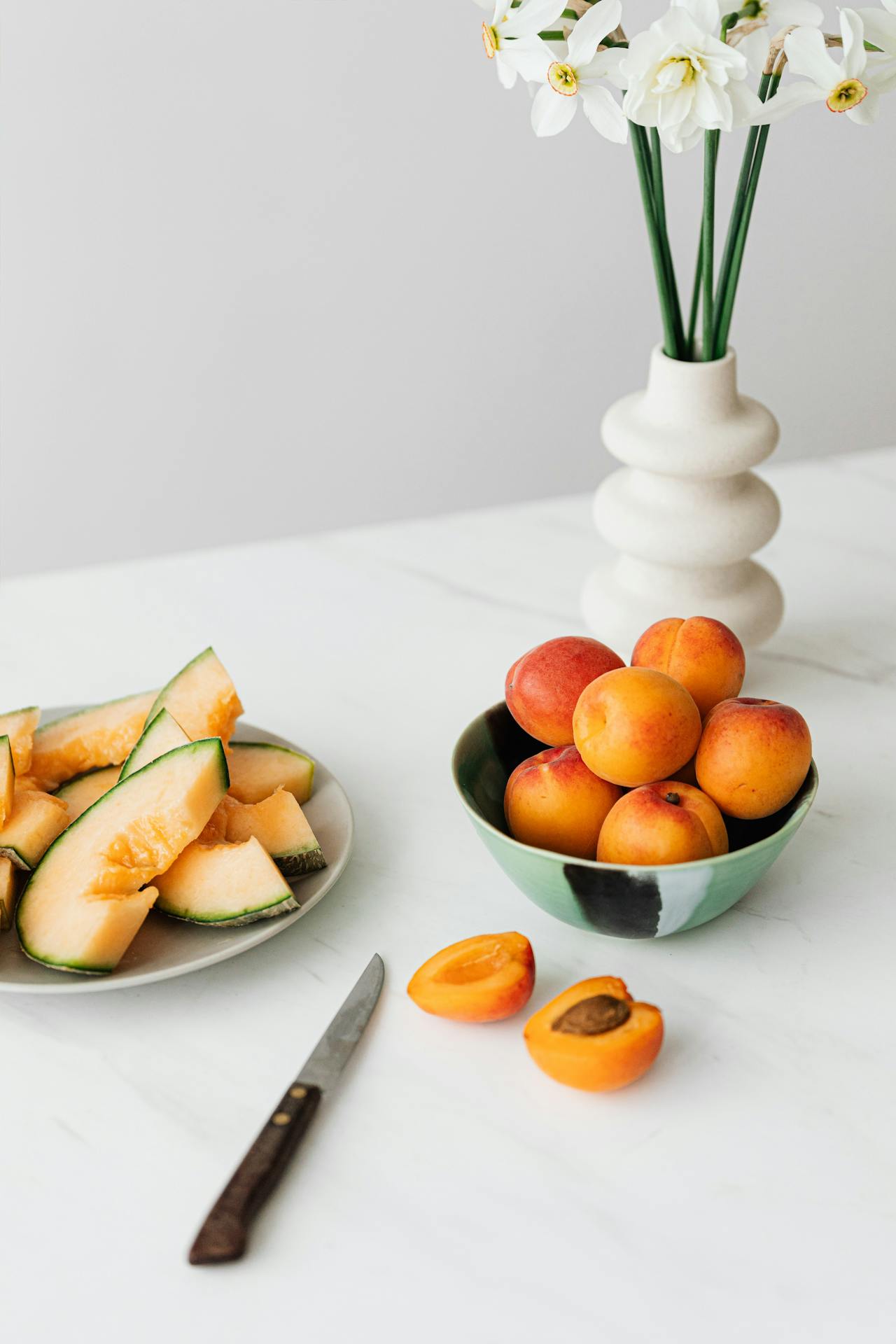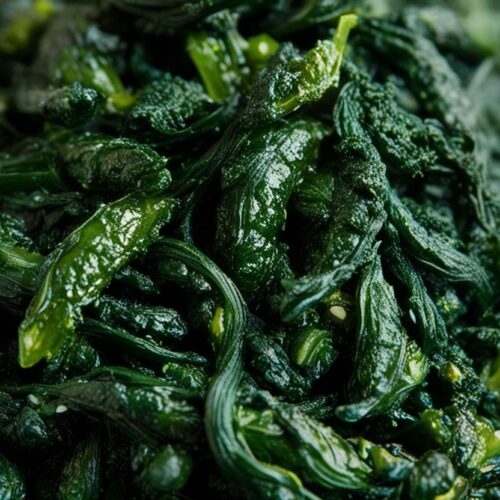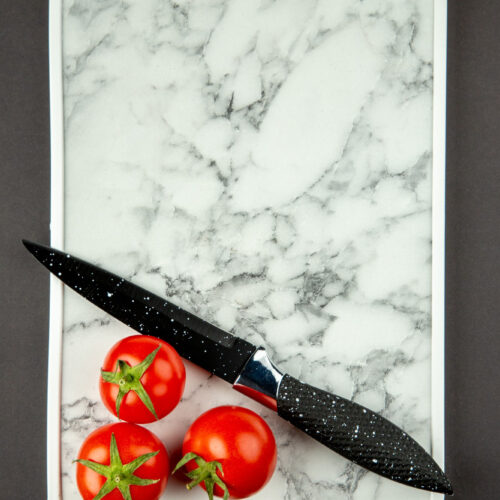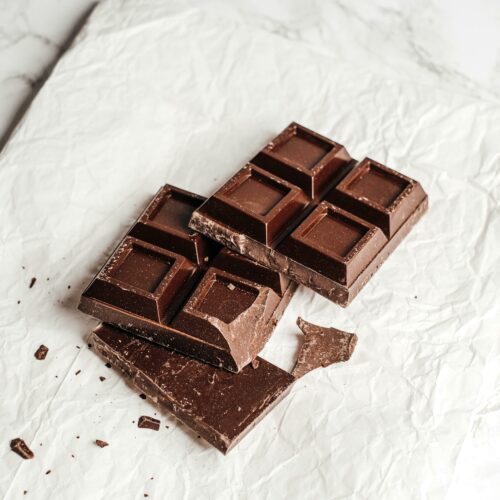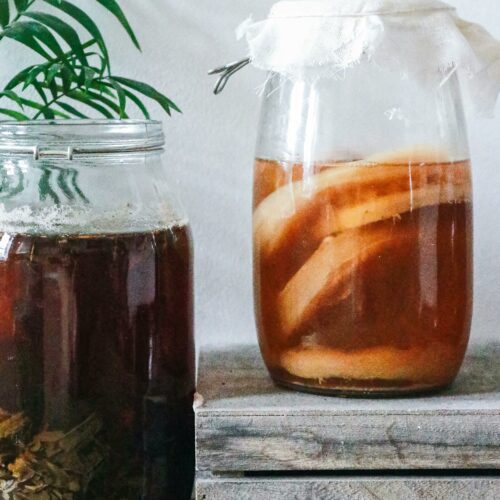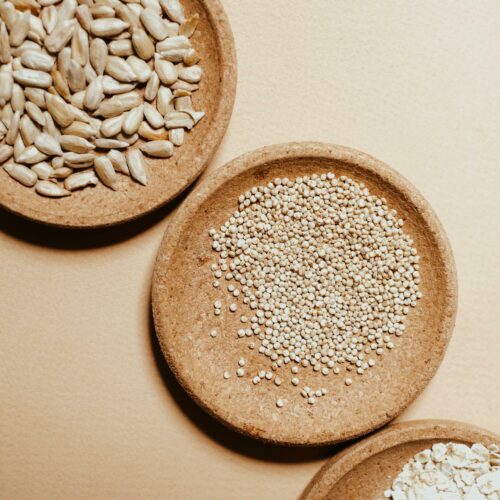Proper food preservation and storage are essential to ensure freshness, flavor and safety. Whether it’s fresh produce, leftovers or ready-made meals, good storage practices not only help limit food waste, but also preserve nutrients and flavors to the full. In this article, discover the best tips for keeping and storing food optimally, so as to prolong its freshness.
1. Fruit and vegetable preservation
Fruits and vegetables have specific storage requirements, as some prefer to be refrigerated while others thrive better at room temperature.
- Fruits at room temperature: Fruits such as apples, bananas, tomatoes and citrus fruits (oranges, lemons) keep best at room temperature. Once ripe, bananas can be placed in the refrigerator to slow their ripening.
- Vegetable preservation: Green vegetables such as spinach, lettuce and herbs should be washed, dried and placed in plastic bags or containers with absorbent paper to avoid excessive moisture. This limits spoilage and prolongs freshness.
- Potatoes, onions and garlic: These vegetables are best stored in a cool, dark, dry place, such as a pantry. Avoid refrigerating them, as this alters their taste and texture.
- Fresh herbs: Herbs such as parsley and coriander can be wrapped in damp kitchen paper, then placed in a plastic bag in the fridge. Basil is best stored at room temperature in a glass of water, like a bouquet of flowers.
2. Dry goods storage
Dry foods such as cereals, pasta, pulses and flours have a long shelf life, but must be stored properly to avoid contamination by moisture or insects.
- Use airtight containers: To prevent air, moisture or pests from damaging your dry foods, opt for airtight jars or containers. This keeps products fresher longer and limits oxidation.
- Store in a cool, dry place: Dry products should be stored in a place away from heat and light. A shelf in a cupboard or pantry is ideal.
- Add moisture absorbers: Some products, such as grains of rice or salt, can benefit from a small moisture absorber placed in the storage container, to avoid lumps and keep products nice and dry.
3. Conservation of dairy products
Dairy products such as milk, cheese and yoghurt are particularly perishable and require special care.
- Milk and yoghurts: These should be stored in the coldest part of the fridge, not in the door, as this is more exposed to temperature variations. Once opened, they should be tightly closed.
- Cheeses: Wrap hard cheeses in wax paper or cheese paper, which allows air to circulate and prevents mold formation. Soft cheeses keep well in their original packaging, but it’s always best to keep them in the coldest part of the fridge.
- Butter: Butter can be stored in the refrigerator door compartment, but for longer storage, it can also be frozen.
4. Freezing food for long-term storage
Freezing is an effective preservation method that extends the shelf life of food while preserving its nutrients. Here are a few tips to help you freeze your food properly:
- Preparing vegetables: Most vegetables need to be blanched before freezing to preserve their color and texture. Boil briefly, cool in iced water, then drain before freezing.
- Label and date: It’s essential to label your frozen foods with the date so you don’t forget how long they’ve been in the freezer. That way, you’ll know which foods to use first.
- Portioned freezing: To avoid defrosting a large quantity of food when you only need a small portion, divide your dishes or ingredients into individual portions before freezing.
- Frost protection: Use freezer bags or hermetically sealed containers suitable for cold temperatures to prevent frost formation and preserve food quality.
5. Storage of prepared dishes and leftovers
For ready-made meals and leftovers, it’s important to follow specific storage rules to guarantee food safety and freshness.
- Cool quickly: After cooking, allow dishes to cool to room temperature (for up to 2 hours) before refrigerating. This reduces the risk of bacterial proliferation.
- Use airtight containers: Leftovers should be placed in airtight containers to prevent them from drying out and becoming impregnated with refrigerator odours.
- Shelf life in the fridge: Leftovers can be stored in the fridge for an average of 3 to 4 days. After that, it is advisable to freeze them for longer storage.
- Reheat evenly: To avoid bacterial proliferation, reheat leftovers until they are thoroughly heated through. Meat dishes should reach an internal temperature of 75°C.
6. Tips for reducing food waste
To make the most of your purchases and reduce waste, follow these practical conservation tips:
- Take regular inventory: Keep track of what you have in your fridge, freezer and pantry, and plan your meals around the foods you need most.
- Use storage bins: Organize your fresh produce by category in storage bins to make it easier to see and use them before they spoil.
- Recycle food: Overripe fruit can be turned into smoothies, and wilted vegetables can be added to soups or broths.
Prolong the Freshness of Your Food for a More Ecological and Economical Kitchen
Learning how to preserve and store food properly not only prolongs its freshness, but also reduces food waste, saves money and contributes to a more sustainable diet. By following these techniques and tips, you can make the most of the products you buy while limiting waste. Adopt these practices on a daily basis and transform your kitchen into a more efficient and environmentally-friendly space.
